The effect of reciprocal training using the (max verti) device in developing the strength endurance of the legs And the achievement of the 200-meter race
Main Article Content
Abstract
The aim of the research is to identify the effect of reciprocal training using the (max verti) device in developing the strength endurance of the legs and achieving the 200-meter race. The experimental method was used to address the research problem, as the sample was 200-meter runners at Basra Sports Club. The researchers concluded that reciprocal training using the (max verti) device is important and essential in developing the strength endurance of the legs and achieving the 200-meter race. Accordingly, it was recommended to emphasize strength endurance as an important and essential requirement to achieve the achievement in the 200-meter race, and developing it using the (max verti) device gives better results.
Article Details

This work is licensed under a Creative Commons Attribution-NonCommercial 4.0 International License.
References
Abdel, N. H. M. D. N., & Ali, Z. B. D. Q. M. (2014). The effect of using different resistors characteristic speed and power some variables Kinmatik and the achievement of the enemy 100 m. Journal of Studies and Researches of Sport Education, 41.
Abdul Baqi, Y., Mashkoor, N. H., & Ali, Q. M. (2014). The Impact of Training Mtaulp Force on Some Variables Albyumkanikip and Speed to Pass Another Hurdles and completing the 400 meter Hurdles. Al. Qadisiya Journal for the Sciences of Physical Education, 14(1 part (2)). https://www.iasj.net/iasj/article/93561
Abdul-Jabbar, Q. N., & Ahmed, B. (1984). Tests, measurement, and principles of statistics in the field of sports. Baghdad University Press.
Al-Fateh, W. M., & Al-Sayed, M. L. (2002). Scientific Foundations of Training for Athletes, Players and Coaches. Dar Al-Hoda for Publishing and Distribution.
Al-Jabali, A. A. (2000). Sports Training - Theory and Application (p. 87). G.M.S. House.
Al-Madamkha, M. R. I. (2008). Field application of theories and methods of sports training (1st edition, p. 88). Al-Fadhli Office.
Al-Nimr, A. A. A., & Al-Khatib, N. (2007). Muscular strength, designing strength programs and planning the training season. Professors of Sports Book.
Al-Taie, F. I. H. (2018). The effect of exercises using the (Max Verti) device on explosive power, response speed, and skillful flowing behavior with the accuracy of crushing and blocking in volleyball [Master’s thesis]. University of Karbala.
Louay, S. R. (2017). The effect of special physical exercises using the VertiMax device to develop the strength characterized by speed, some physiological indicators and offensive skills of junior basketball players. Journal of Physical Education (20736452), 29(4).
Marwan, A. M. I., & Muhammad, J. A.-Y. (2010). Modern trends in the science of sports training (1st edition, p. 22). Al-Warraq Publishing and Distribution.
Mashkoor, N. H. (2010). The relationship between the angle of departure from the starting support and the time of abandonment and the average speed of the first stage (speed increase). Journal of Studies and Researches of Sport Education, 27. https://www.iasj.net/iasj/article/53710
Risan, K. M. (1995). Applications in Sports Physiology (p. 72). Dhanun Printing Office.
Rogers, J. L. (2000). USA track & field coaching manual. Human Kinetics.
Sedki, A. S. (2014). Athletics, Field Competitions, Jumping, Throwing and Related Activities (p. 83). Modern Book Center.
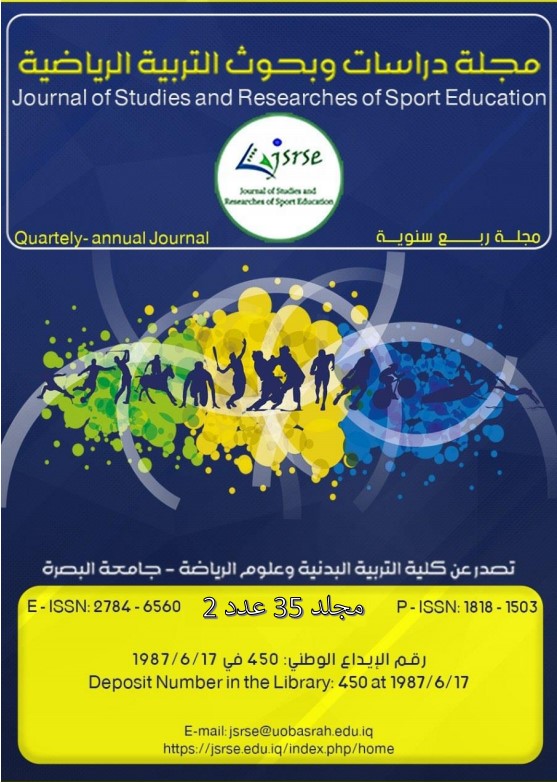




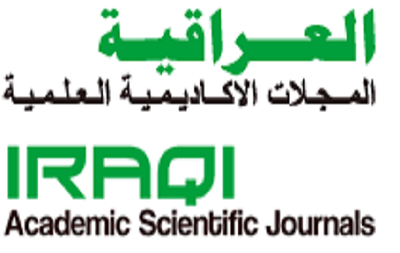 IASJ
IASJ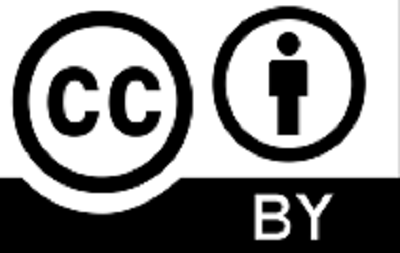 CC-BY-4.0
CC-BY-4.0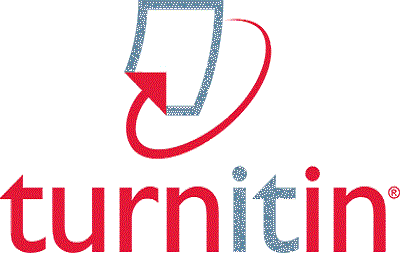 turnitin
turnitin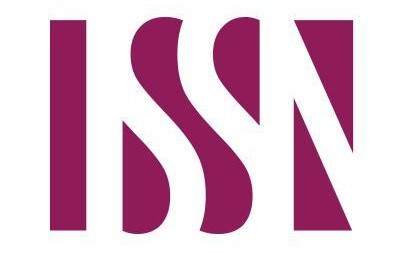 ISSN
ISSN DOAJ
DOAJ Crossref
Crossref GoogleScholar
GoogleScholar Orcid
Orcid